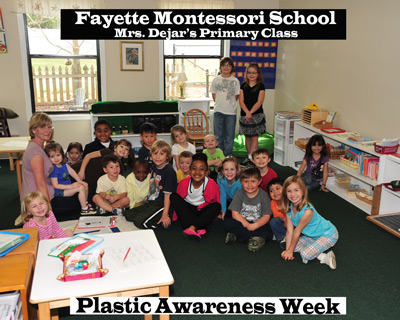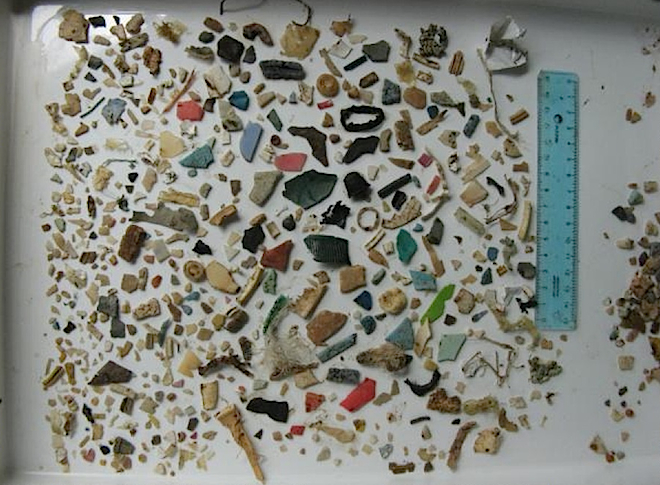Day 3 of Our Plastic Awareness Week
It keeps getting better. Each morning and again in the afternoon, Carter and Olivia make me drive by the trailer we set out in front of their school for everyone to deposit their families consumption of household plastic trash. They get so excited when they see how much trash is accumulating because they know that everyone is really getting into the reason we created the event.
Today was Carter and Olivia’s turn to meet with the two large Primary Student classrooms and they did this all on their own. Mrs. Margaret (Director of our school) picked them both up from their classrooms and escorted them over to speak with all the waiting students. I stood out side the room, listening in on how they were doing 😉
It was so great to hear them talk completely on their own about why they wanted to host the Plastic Awareness Week and why they they wanted all the students to be involved. They each took turns mentioning key facts about plastic pollution and even asked questions of the students to gage their level of comprehension about the subject. I was so proud to hear them conduct the meeting and even more so when they fielded questions from their young audience.

Here you can see the cool art work the kids designed for their reusable shopping bags they received as part of the program. These are from Mrs. Carol’s class.
The questions were so on-target and it was obvious that all the students shared a genuine passion for what was happening to our environment, and to all of the affected animals.
Here are a few facts which might surprise you about Plastic Bags:
Did you know that the average shopper in the U.S. uses over 500 single use shopping bags?
Did you know that the average single use shopping bags only gets used for approximately 12-minutes before it is tossed away?
Here is some information most people never read about regarding Plastic Debris: Joining the Laysan albatross as icons of ocean plastic pollution are sea turtles, which consume bellyfuls of debris while swimming through Earth’s five great ocean garbage patches.
Pictured to the right are the stomach contents of a juvenile sea turtle accidentally captured off the coast of Argentina. The image echoes famous photographs taken by Chris Jordan and Susan Middleton of decomposing albatrosses on the island of Midway.
About 0.25 percent of all plastic ends up in the ocean. That might not sound like much, but humanity produces about 260 million tons of plastic a year. Tiny fractions add up fast. Oceanic plastic is pulled into the center of rotating currents, or gyres, where it doesn’t degrade, but breaks into smaller and smaller pieces. Some pieces end up in plankton and algae, or drift to the ocean floor. Others are mistaken for food by turtles.
We wish to thank everyone for bringing in your plastic trash and remind you to keep doing so for the remainder of the week. We are all so blessed to have the support of all the staff, families and students at Fayette Montessori School.
Thanks for caring 😉

